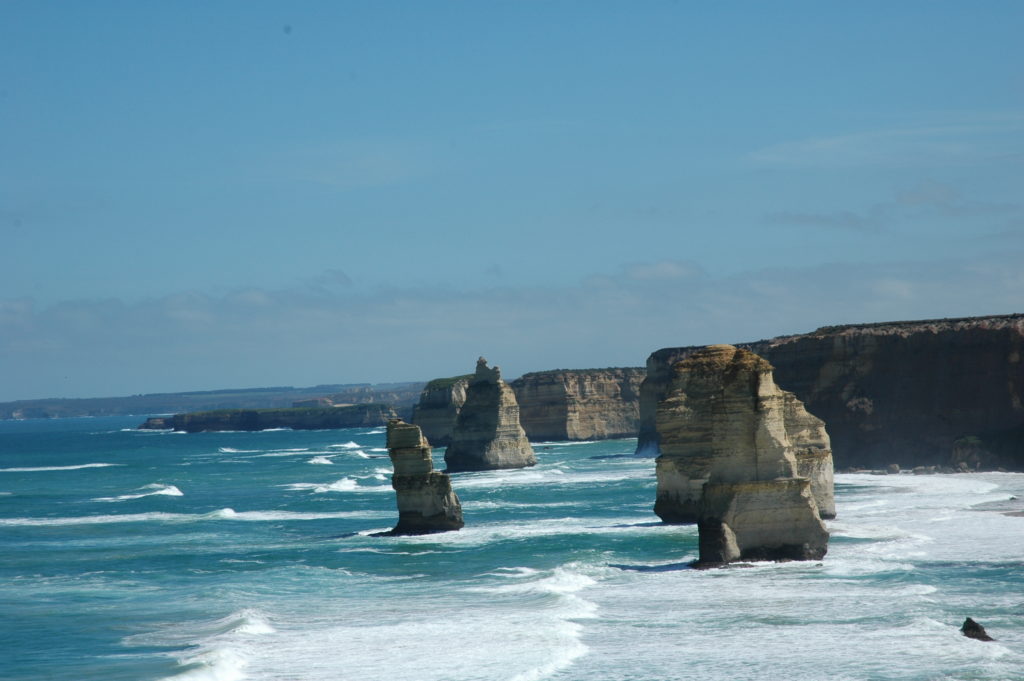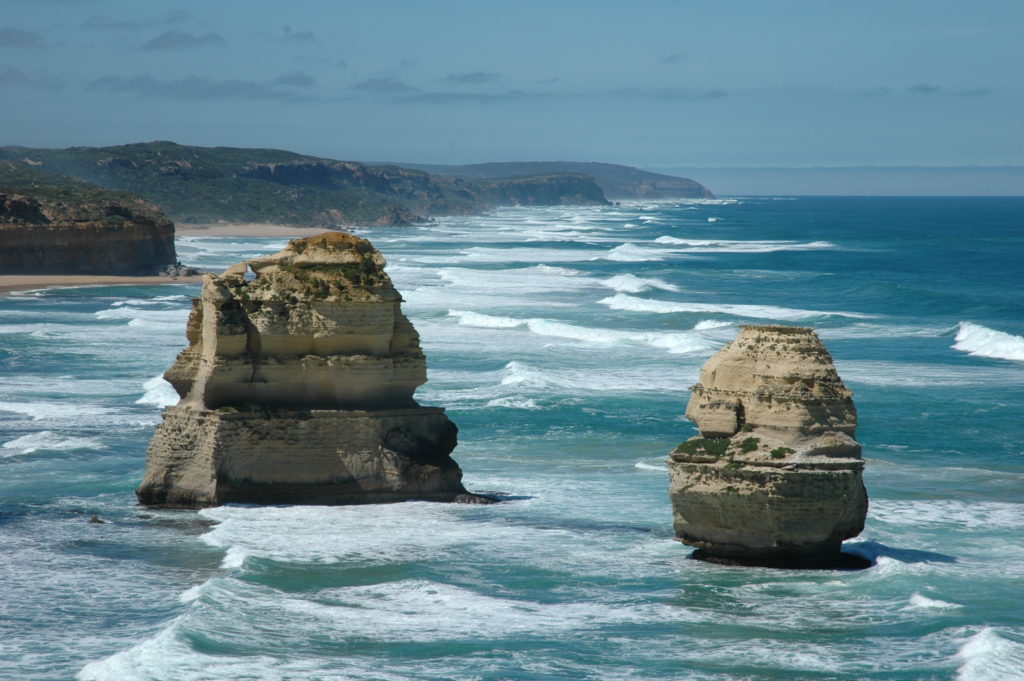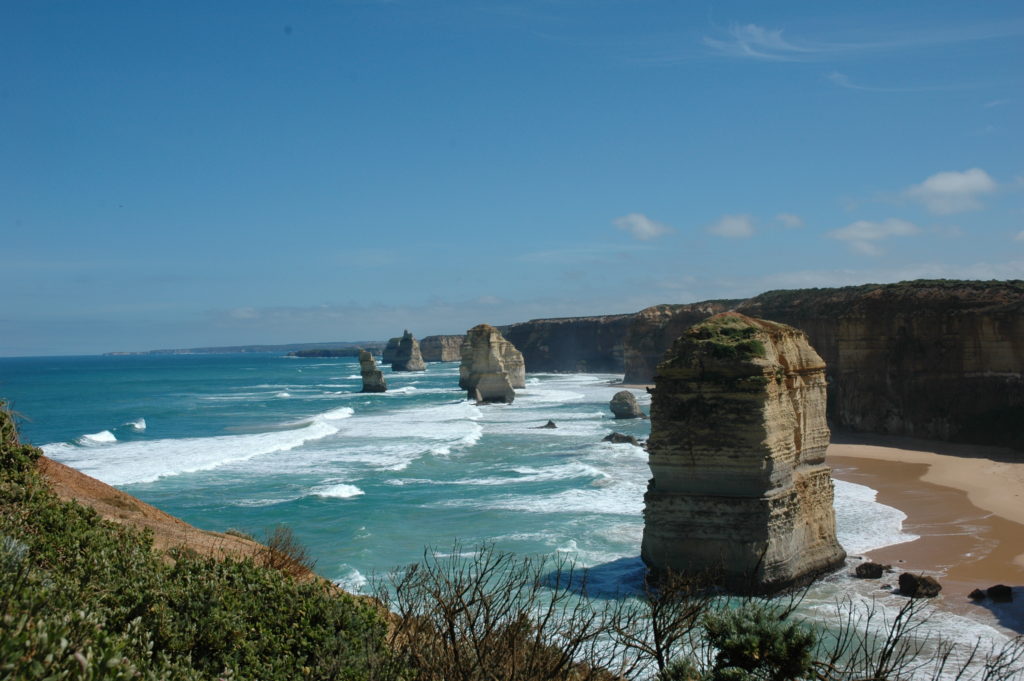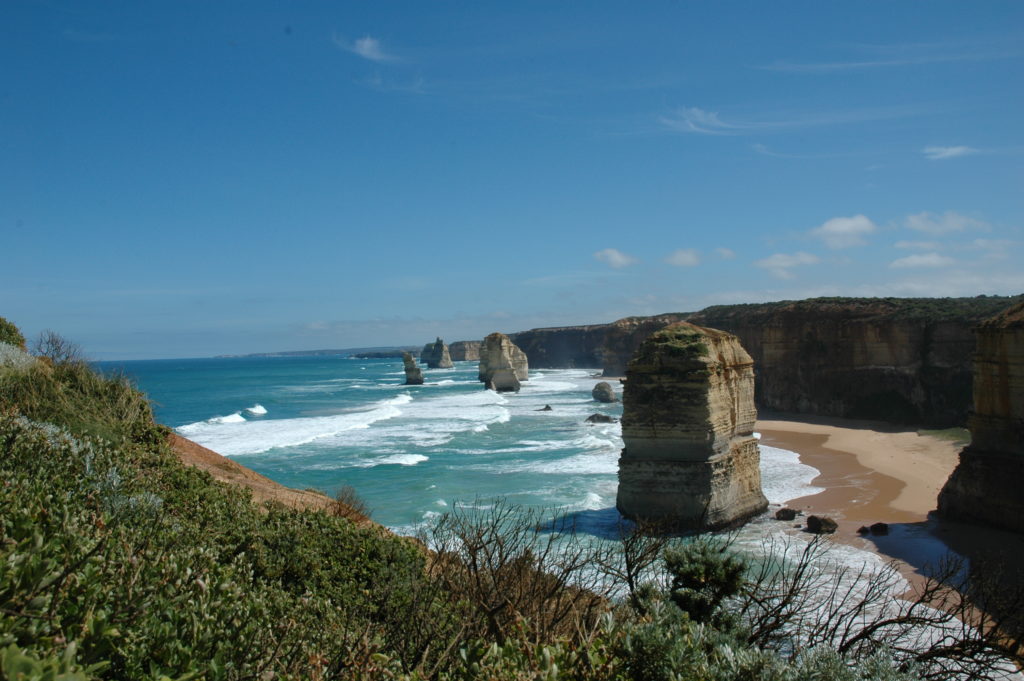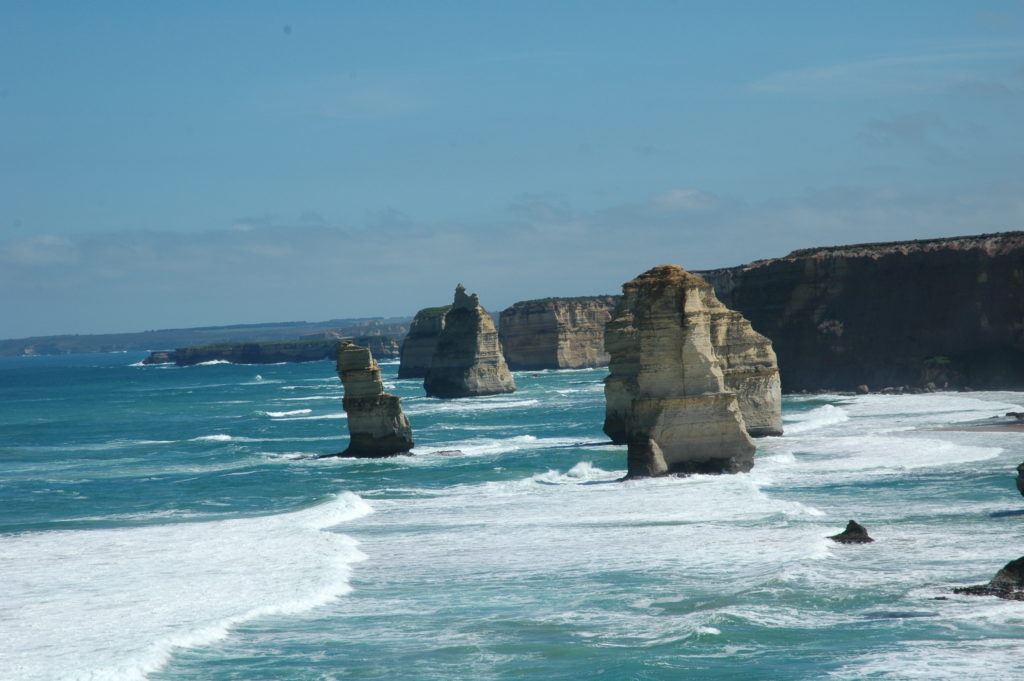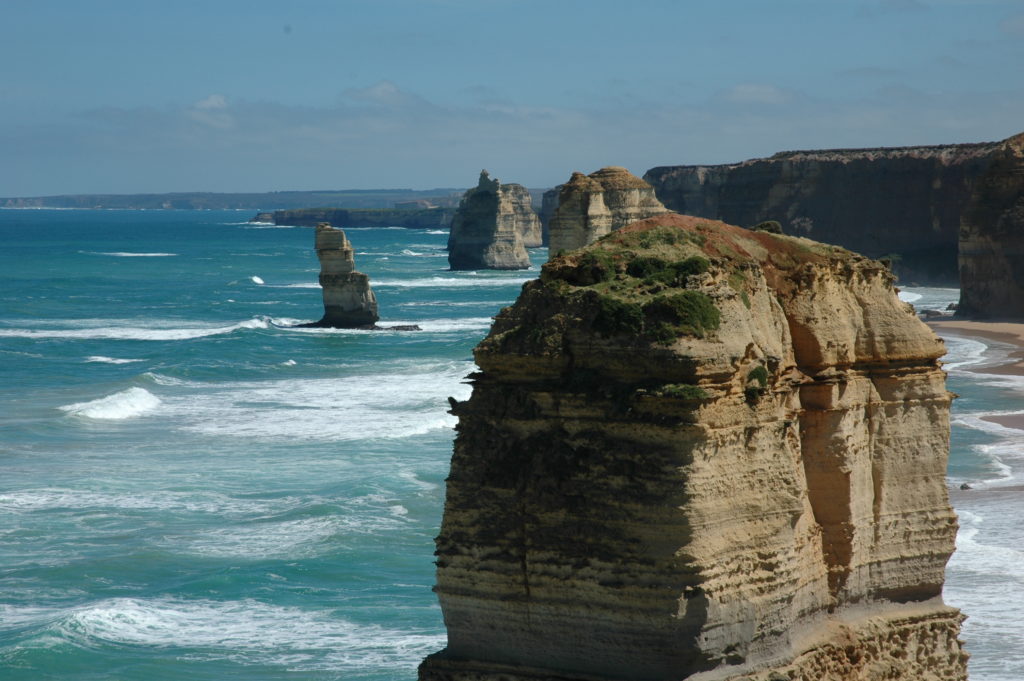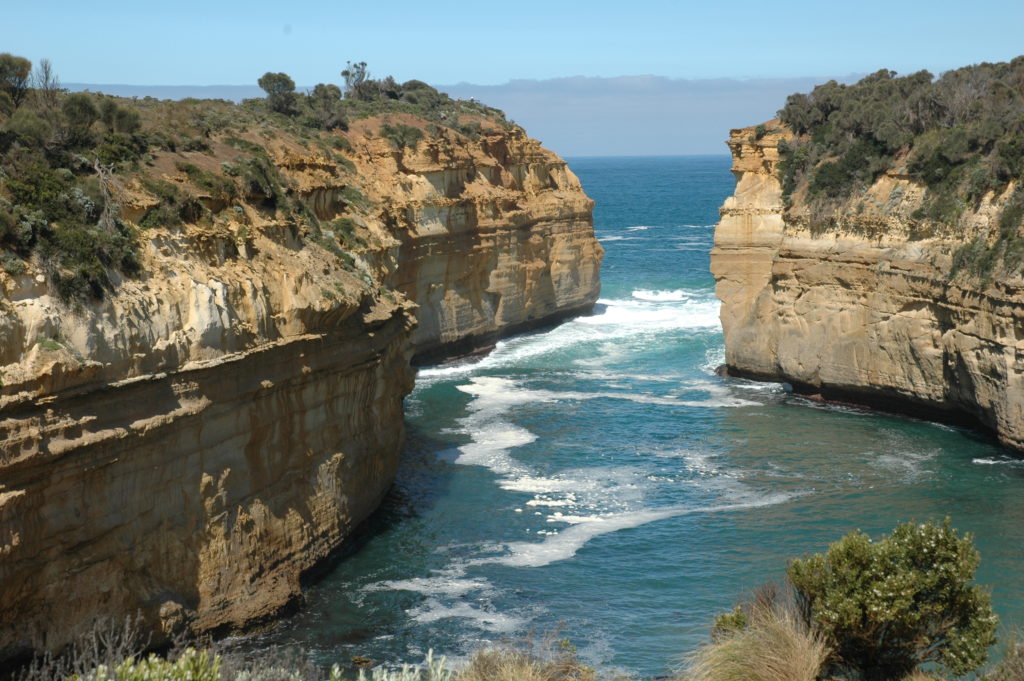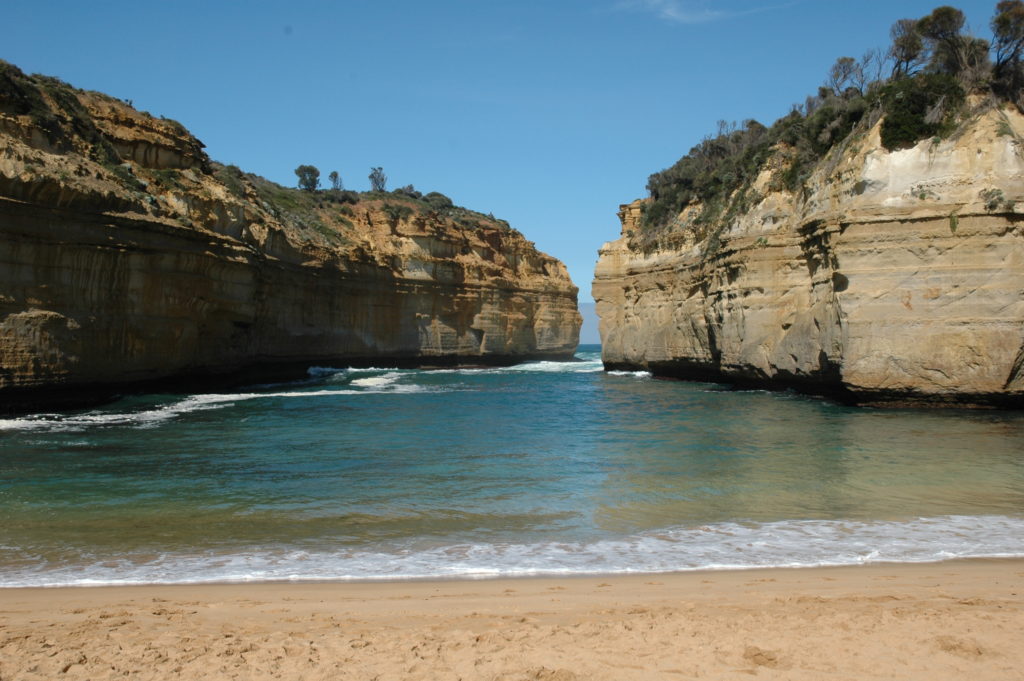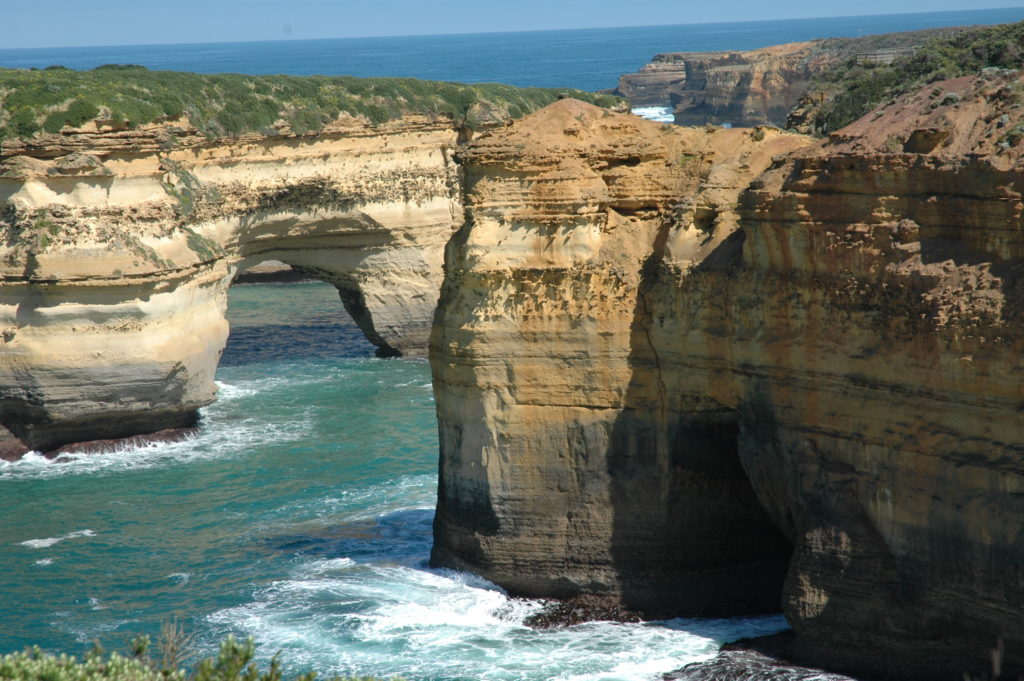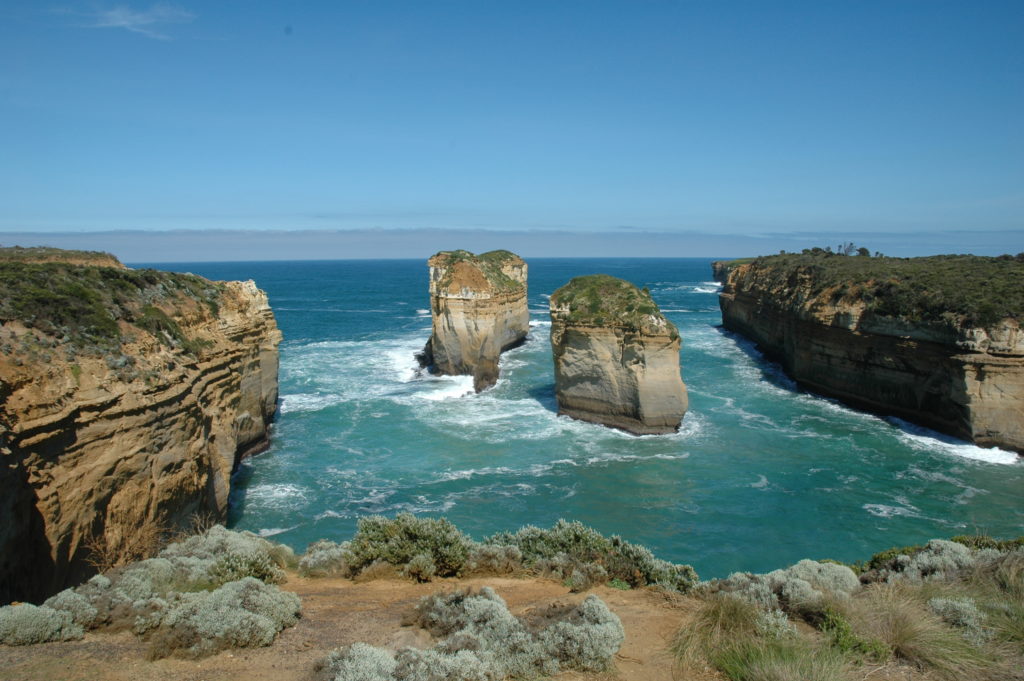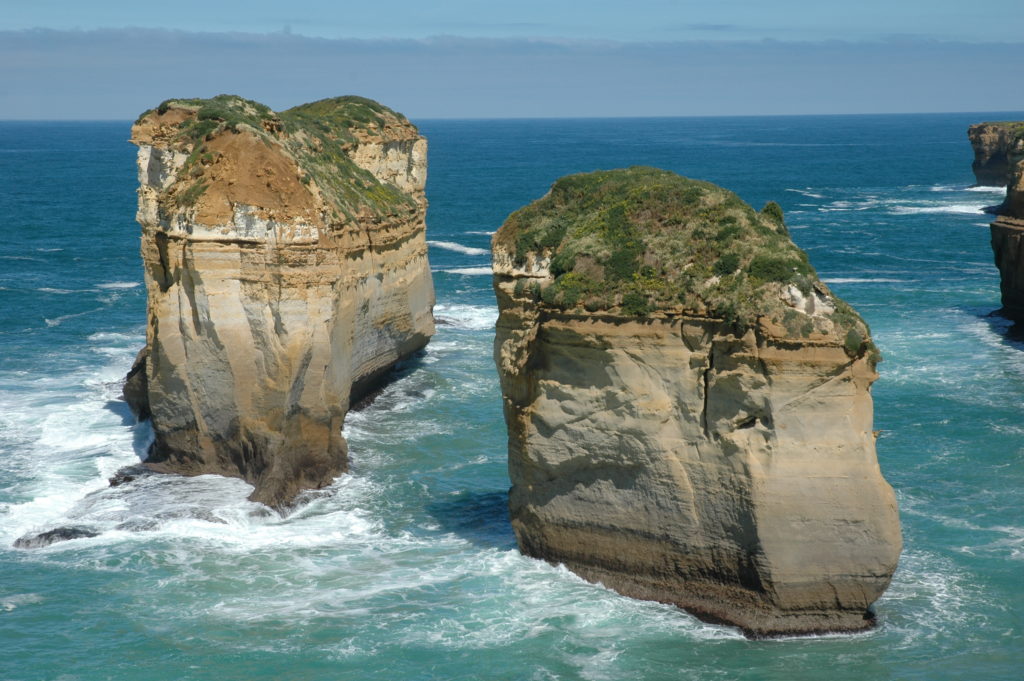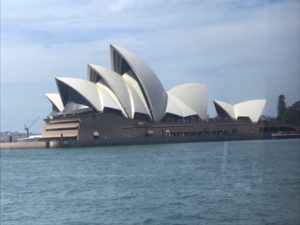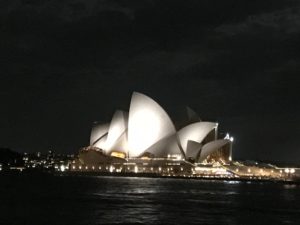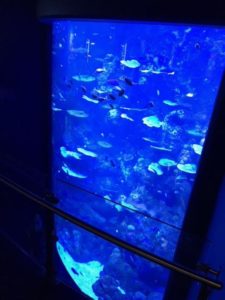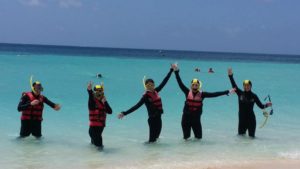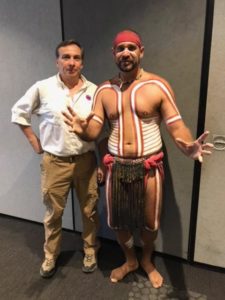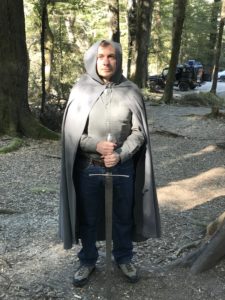 In over five years of science traveling I’ve experienced some fantastic locations, but it isn’t all the good life. Sometimes there are traveling travails. I’ve been injured traveling more times than I care to admit, and getting lost is not an uncommon occurrence. The following gives a hint of how sometimes even getting from one place to another can be a bit of a trial.
In over five years of science traveling I’ve experienced some fantastic locations, but it isn’t all the good life. Sometimes there are traveling travails. I’ve been injured traveling more times than I care to admit, and getting lost is not an uncommon occurrence. The following gives a hint of how sometimes even getting from one place to another can be a bit of a trial.
The scene: We’re part of a small group of six new friends.
The place: Starting in Cairns, Australia, with an ultimate destination of Queenstown, New Zealand.
Okay, that sounds easy enough, right? Except there is no direct flight, which means a day of flying and multiple airports in two countries. I anticipated a long day, but reality turned out to be even more complicated than I imagined. The first leg took us from Cairns to Sydney, where we were to connect with a plane to Auckland. From Auckland (on the north island of New Zealand) we connected again to Queenstown (on the south island).
Pickup at the hotel in Cairns was on time – at 3:40 a.m. Luckily there was no traffic but we cut it close, as in arriving at the gate five minutes before boarding time. The attendant at the check-in counter was efficient enough, though one wouldn’t call her the warmest personality. On boarding, the six of us were spread out in different parts of the plane. Three of us were in the very back and, unlike U.S. planes, they opened up the rear doors for us to enter and depart. Only a few rows from the tail, the three of us disembarked and made our way into the terminal. Given the short connection time, Ru and I immediately headed for the assigned transfer gate to catch our other plane. Our companion told us not to wait for him; he would hit the loo and then wait for the other members of our group. That would be the last we saw of him, or them, until the next day.
Now just two, we found the gate specified by the instructions given to us on check-in, which to our surprise meant loading into a bus that brought us to another terminal for the international flight. This took longer than we expected and dumped us outside a packed security area, which meant long lines going through passport control and baggage checks again, then a long walk to get to our actual departure gate. The gate itself required getting through a rugby scrum of people going downstairs to a series of gates, which meant being careful not to get carried along with the crowd heading to Shanghai instead of Auckland. Another passport check and boarding pass scan got us onto yet another bus to take us out to the plane, which as far as I can tell was not far from where we originally got off our plane from Cairns. As Ru and I walked up the gangway steps into the plane we desperately texted our companions to tell them to hurry. I even begged the head flight attendant not to close the door because they hadn’t arrived yet, even after a second shuttle bus came and went. He shut the door anyway and we were left with three empty seats staring at us from across the aisle, and a fourth between us.
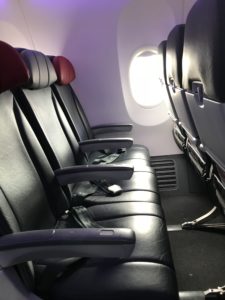
The second connecting flight wasn’t much easier. Despite what the check-in attendant told me in Cairns (that we didn’t have to pick up our bags until Queenstown, which she repeated three times at my doubtful questioning), the flight attendant informed us we did, in fact, have to reclaim our luggage again in Auckland. Here we go again. Passport control, luggage claim, wait in line. The first line looked like the exit after a drive-in movie finished. After an anxious hour and a half, we passed through the “biosecurity screening” checkpoint and were sent out to a counter to re-check our bags. But wait, the woman in the “Drop Bags” area tells us we are now less than 60 minutes before the flight and there is no guarantee that they will get the bags on the next plane. Instead, she tells us, we must go outside the terminal, hike 15-20 minutes with our luggage to the completely separate domestic terminal to check our bags again. But hey, we had a helpful green line to follow down the sidewalk, across the streets (twice), and around the airport to get to the other entrance. Not surprisingly, we had to wait there for the attendant to re-check our luggage before we could walk down an increasingly long terminal, through yet another security check-in and x-ray line, then more walking to finally reach the gate where our plane was revving its engines.
Keep in mind we thought we had something like 3 hours of transfer time. We made it to the gate with only minutes to spare before boarding. But the view was amazing.
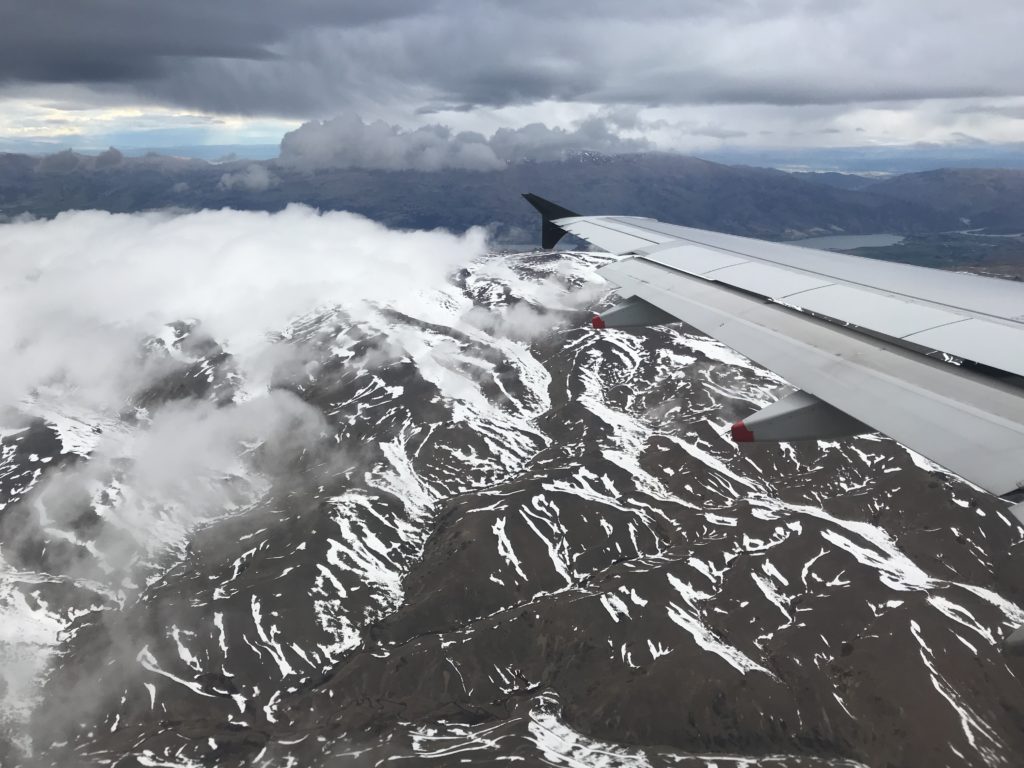
The empty seats next to us was a reminder that our travel mates were still somewhere in Sydney. But after our successful arrival in Queenstown we found the Super Shuttle waiting to take six – now two – of us to the hotel. When we arrived he tried to scam $26 each from us before I reminded him it was prepaid. It seems taxi drivers scamming customers is a global thing.
Eventually we found out that our four companions had been able to get a later flight from Sydney to Auckland to Queenstown that night, which was good because we were all scheduled for a tour early the next morning. They were, however, sans luggage, which didn’t arrive until the following night. That didn’t stop all of us from enjoying the next two days trailing in the steps of hobbits and cruising in the fjords of Milford Sound.
These weren’t the only complications on this particular trip, or on other trips I’ve taken. In fact, I’ve come to expect the unexpected when I travel. Sometimes it’s a missed flight or train, sometimes a lack of coordination with local accommodations, sometimes a gravel road where the map says “highway.” I even had one travel agent book my flight to Rome for the night before a flight from the U.S. to Brussels she booked in the same session. That cost me several hundred Euros and a lot of grief. But I made it. And so far I’ve survived, and enjoyed all my travel, despite the travails.
So…Where to next?
David J. Kent is an avid science traveler and the author of Lincoln: The Man Who Saved America, in Barnes and Noble stores now. His previous books include Tesla: The Wizard of Electricity (2013) and Edison: The Inventor of the Modern World (2016) and two e-books: Nikola Tesla: Renewable Energy Ahead of Its Time and Abraham Lincoln and Nikola Tesla: Connected by Fate.
Check out my Goodreads author page. While you’re at it, “Like” my Facebook author page for more updates!
Like this:
Like Loading...
 Abraham Lincoln is in Australia! Well, maybe. It’s complicated.
Abraham Lincoln is in Australia! Well, maybe. It’s complicated.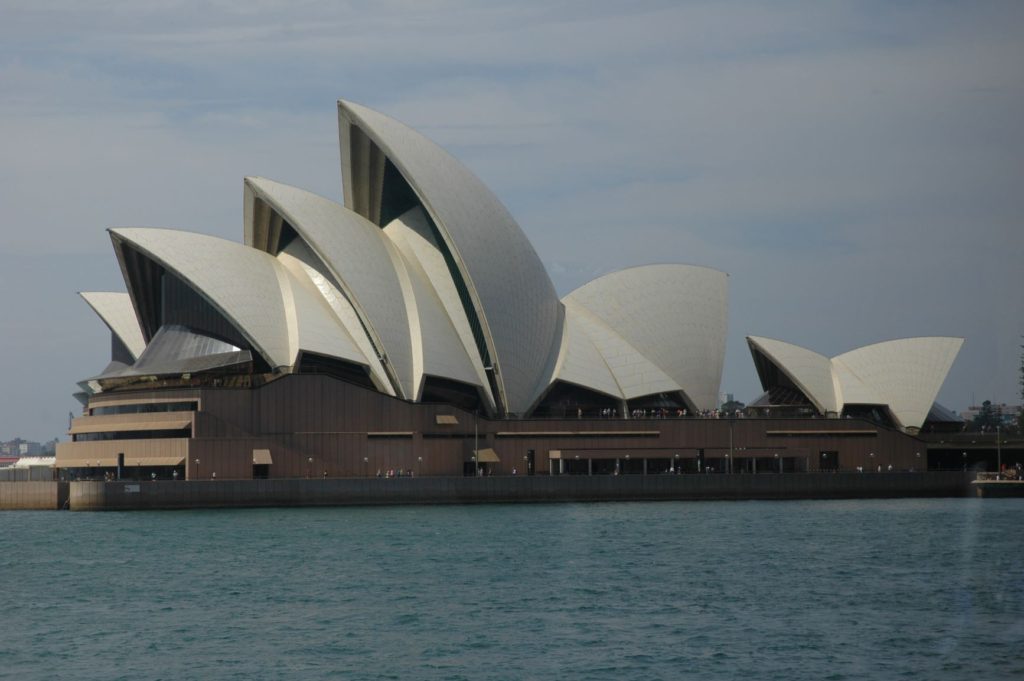



 In over
In over 

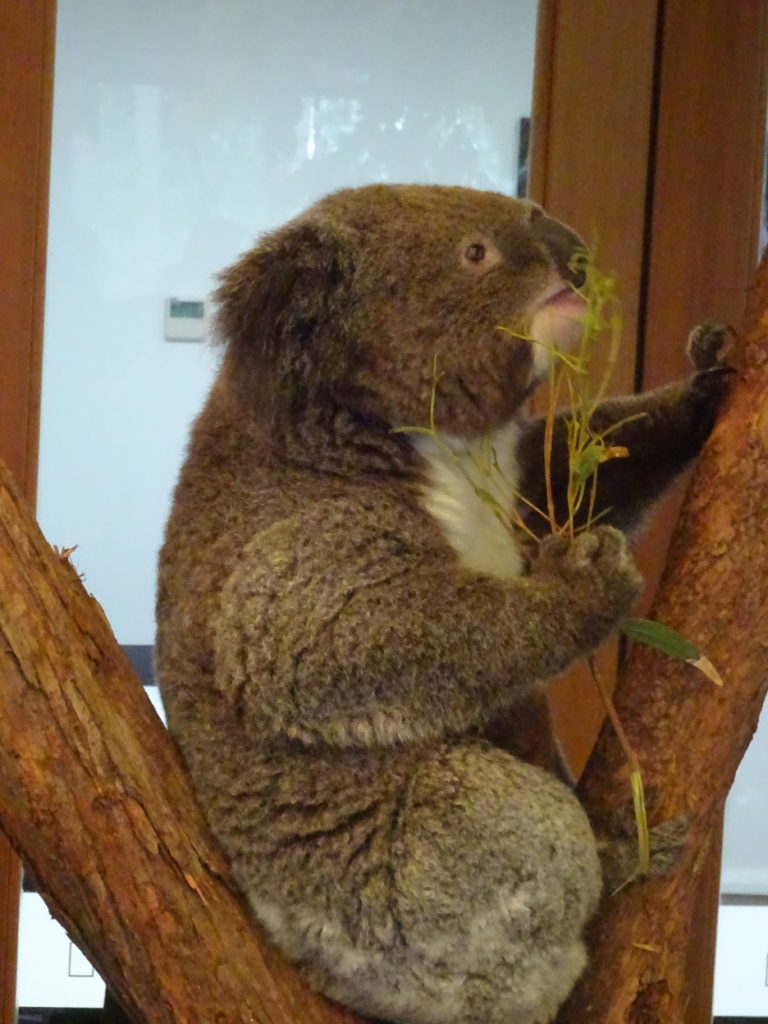
 The answer is a combination of timing and plate tectonics. At one time most of the continents were clumped together in what was called Pangea. But around 175 million years or so ago Pangea started to move apart. Given Australia’s position and movement away from the other land masses, and given that primates like monkeys are a relatively new evolutionary grouping (25 to 40 million years ago), there was no feasible way for monkeys (or monkey ancestors) to travel to the secluded island of Australia.
The answer is a combination of timing and plate tectonics. At one time most of the continents were clumped together in what was called Pangea. But around 175 million years or so ago Pangea started to move apart. Given Australia’s position and movement away from the other land masses, and given that primates like monkeys are a relatively new evolutionary grouping (25 to 40 million years ago), there was no feasible way for monkeys (or monkey ancestors) to travel to the secluded island of Australia.
